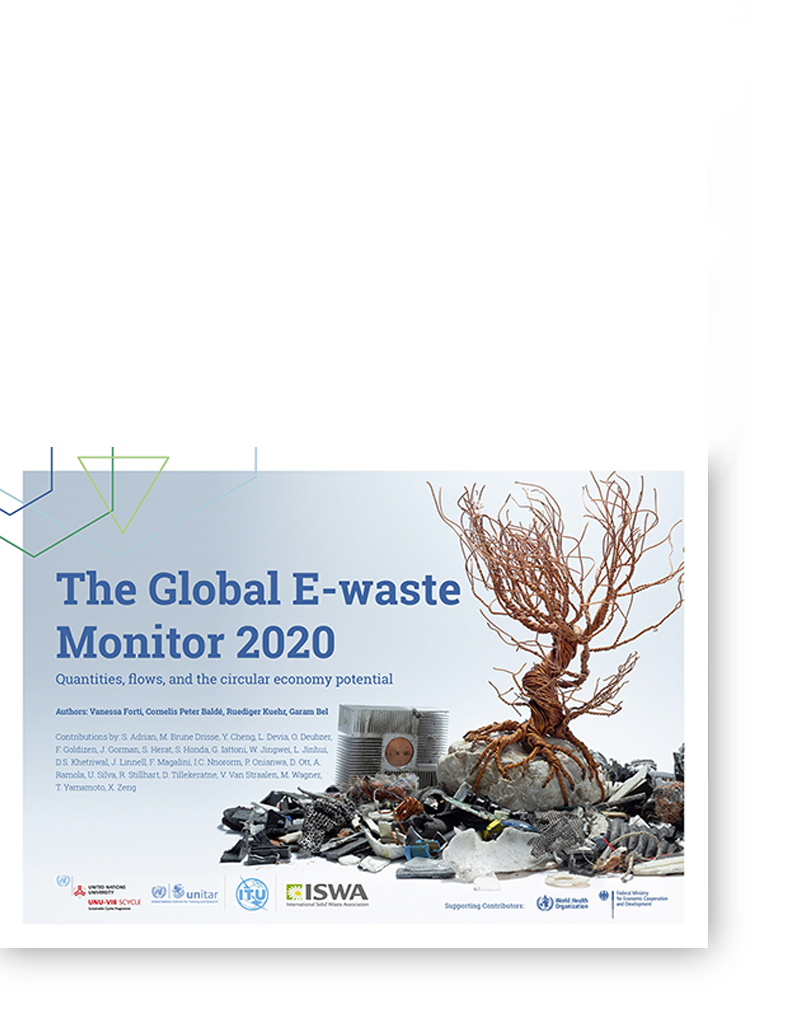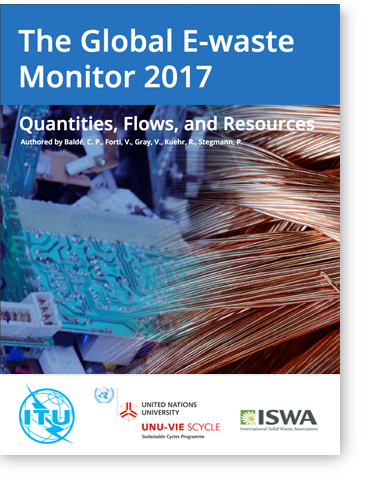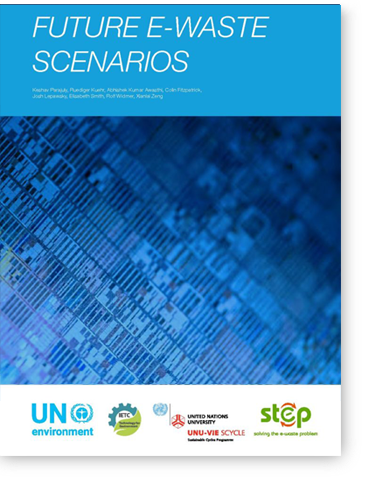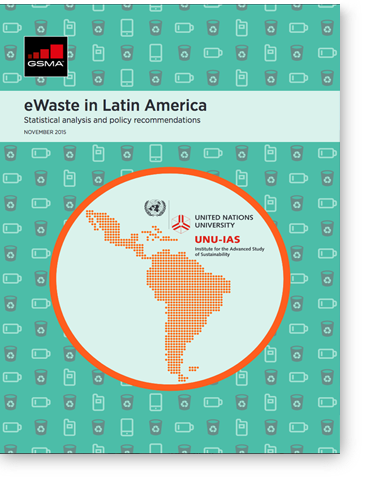National E-waste Monitor Namibia 2024
This report outlines the current status of e-waste management in Namibia and highlights significant challenges facing the country in this regard. Namibia currently lacks the capacity to effectively monitor e-waste, which complicates efforts to track it and impedes the establishment and evaluation of targets essential for transitioning to a more sustainable and circular economy. In accordance with Policy Objective two of the draft National Policy on Management of WEEE, the Ministry of Information and Communication Technology (MICT) of Namibia requested UNITAR and ITU technical capacity building in the assessment of baseline data on volumes of e-waste generated, including types, routes, and flows in 2019.
The international framework utilized to measure e-waste statistics, along with the e-waste tools developed by the UNITAR Sustainable Cycles Programme (SCYCLE), were applied to quantify e-waste stocks and flows in Namibia as a result of a training workshop conducted in 2021.
Challenges encountered in Namibia, such as the absence of a quantification methodology, legislative processes, and overall e-waste management, are identified. Moreover, a roadmap with recommendations on enhancing e-waste data quality and availability is presented in this report.
The primary objective of this report is to assist Namibia in identifying best practices in policies, establishing and assessing appropriate targets, developing improved management programs, regularly maintaining internationally comparable e-waste statistics, and achieving the SDG targets relevant to e-waste management, while assessing progress over time. The establishment of a national e-waste monitor represents the initial step toward aiding MICT in devising a national policy and action plan on WEEE management and ensuring an updated baseline to enhance the capacity to effectively manage the e-waste sector.
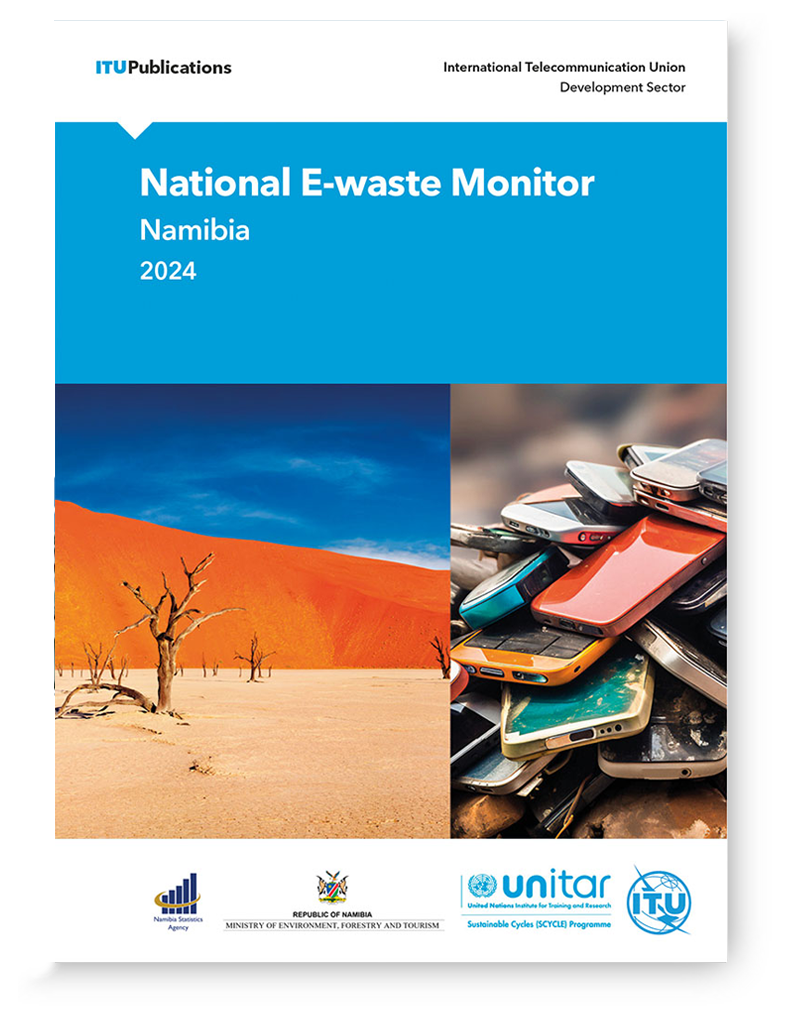
Other E-waste Data Resources
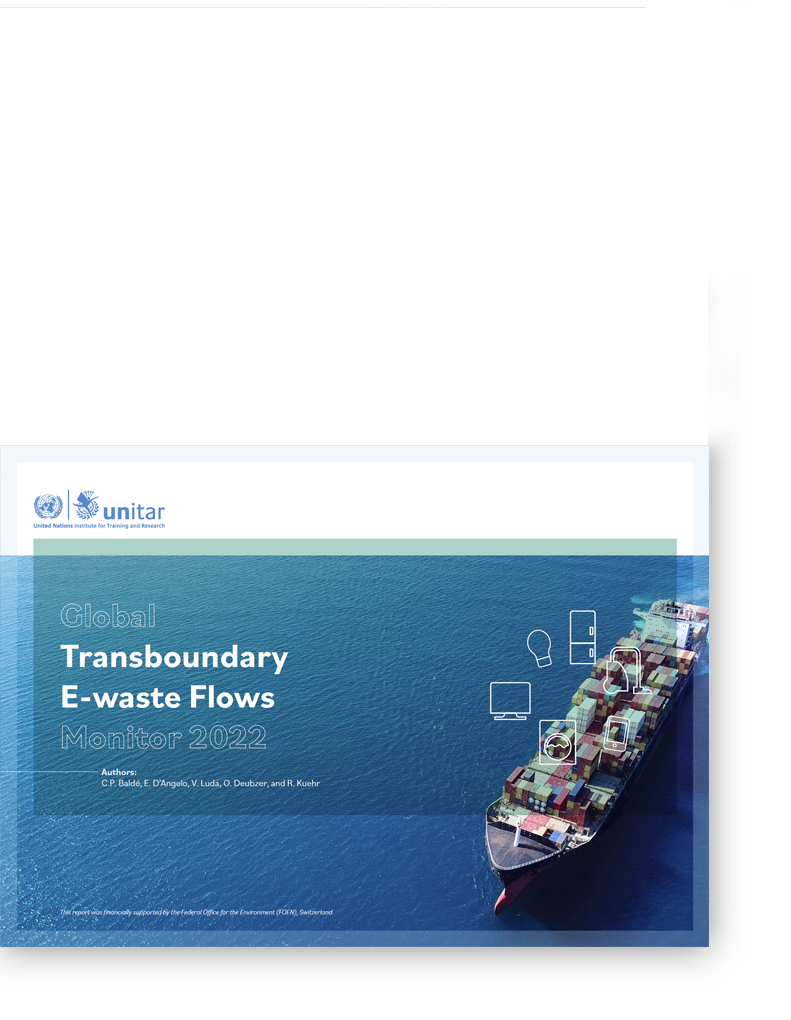
The Global Transboundary E-waste Flows Monitor 2022
• E-waste Monitor 2014: Quantities, Flows and Resources
